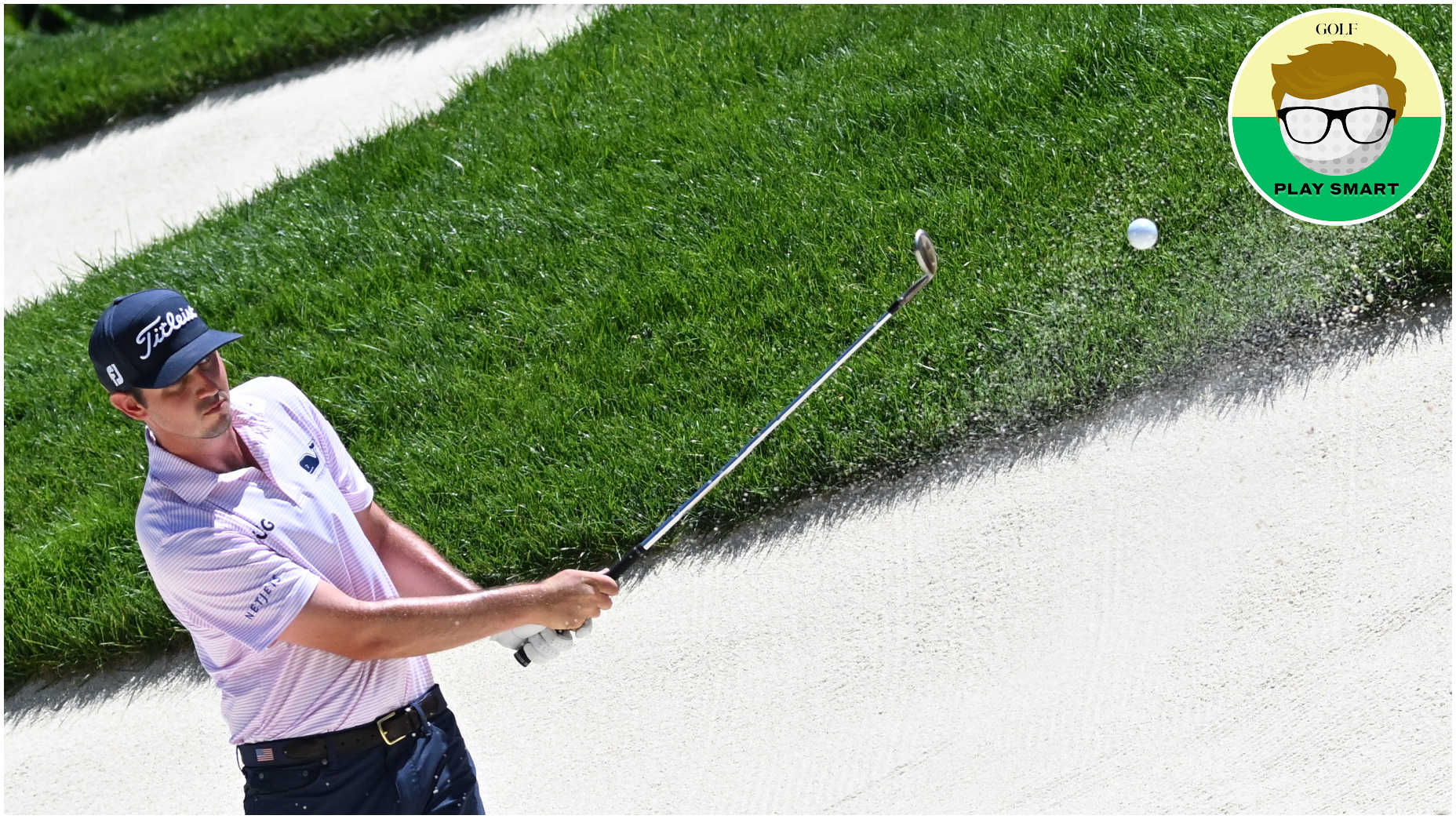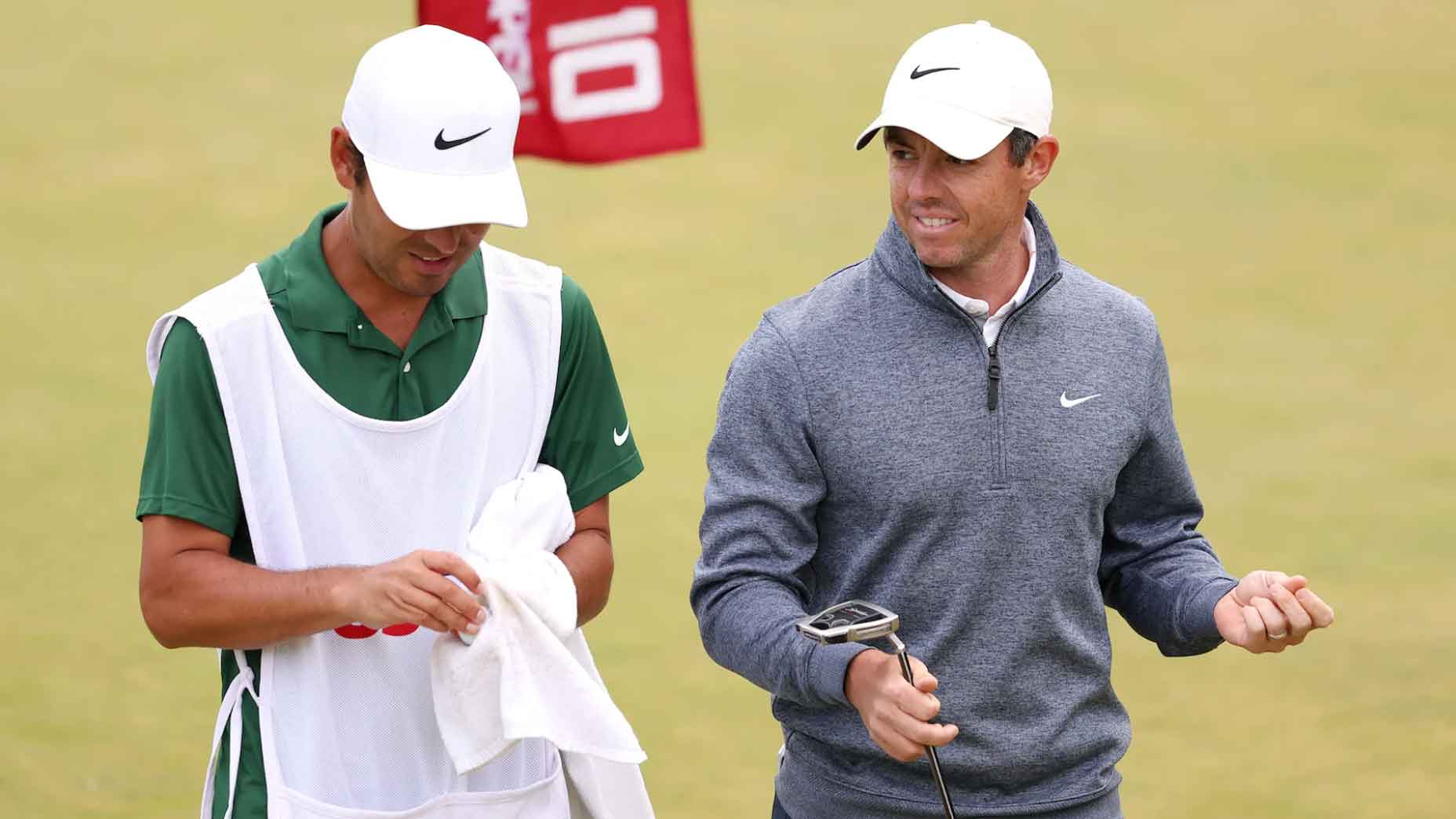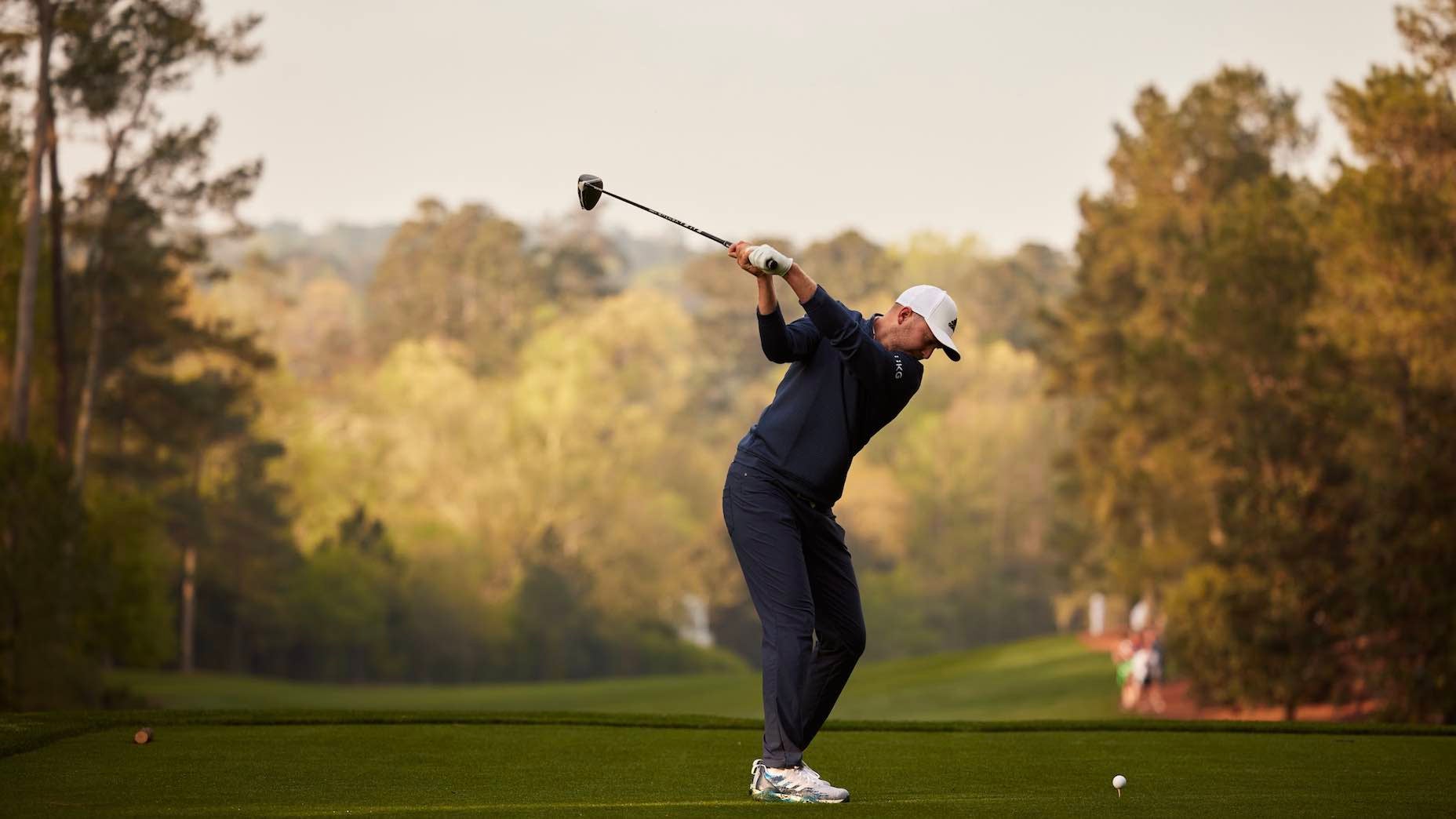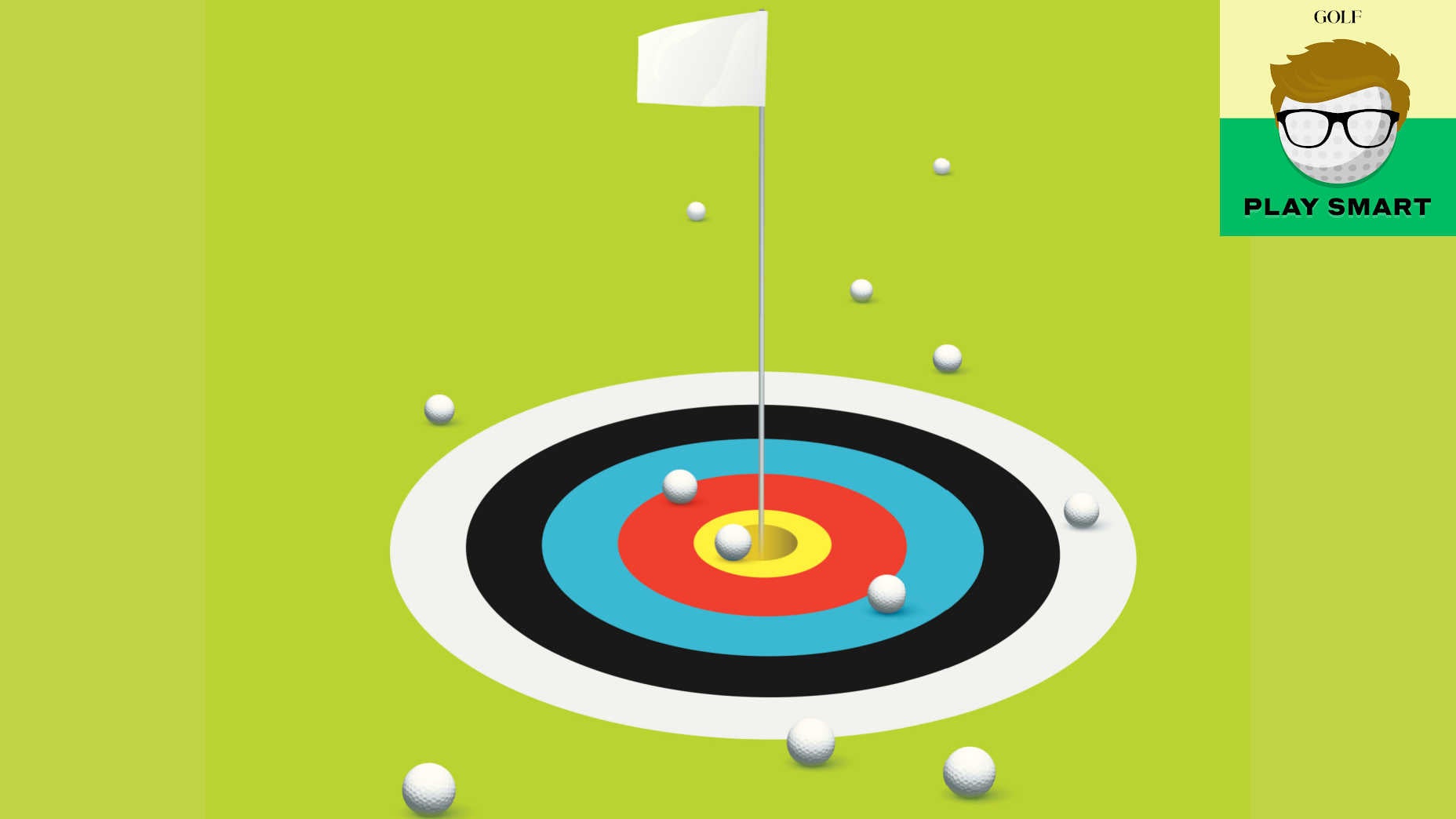1 thing golfers of all skill levels should do before every golf season
- Share on Facebook
- Share on Twitter
- Share by Email
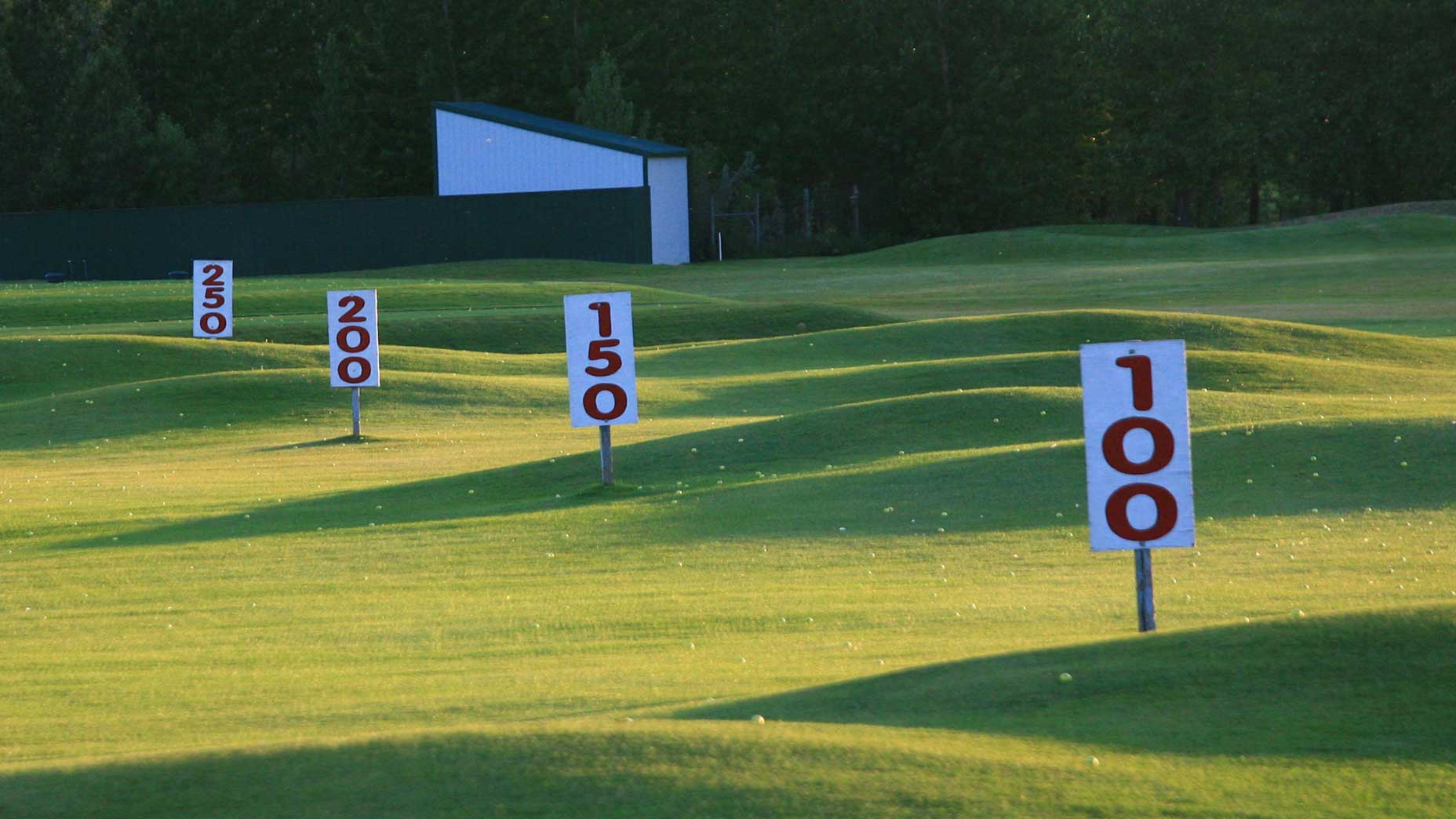
At the 2020 Masters, I was walking with GOLF Top 100 Teacher Jaime Mulligan as he was watching his student, Patrick Cantlay, navigate Augusta National. I asked him what golfers can learn watching a top-tier player like Cantlay, and he said something interesting that I think about often.
“Golf is played more like chess than any other sport,” he said (you can read my original story from the day here). “You’re trying to think ahead and move your ball from position to position, safely.”
Much as we talk about power like golf is akin to weightlifting — and don’t get me wrong, it is important — the game really is just a bigger, more athletic version of chess. It’s about getting yourself from one spot to the next spot, from the first tee to the 18th green. If you’re not doing that well, nothing else matters.
When you’re moving from spot to spot on the golf course, there’s one thing that hurts recreational golfers more than anything else: Coming up short of their intended targets.
Our partners over at GOLFTEC have spent a lot of time studying the various ways amateurs can improve and found that golfers of all skill levels finish short of their intended targets more than half the time. It’s a huge problem, and one that is costing golfers of all levels strokes.
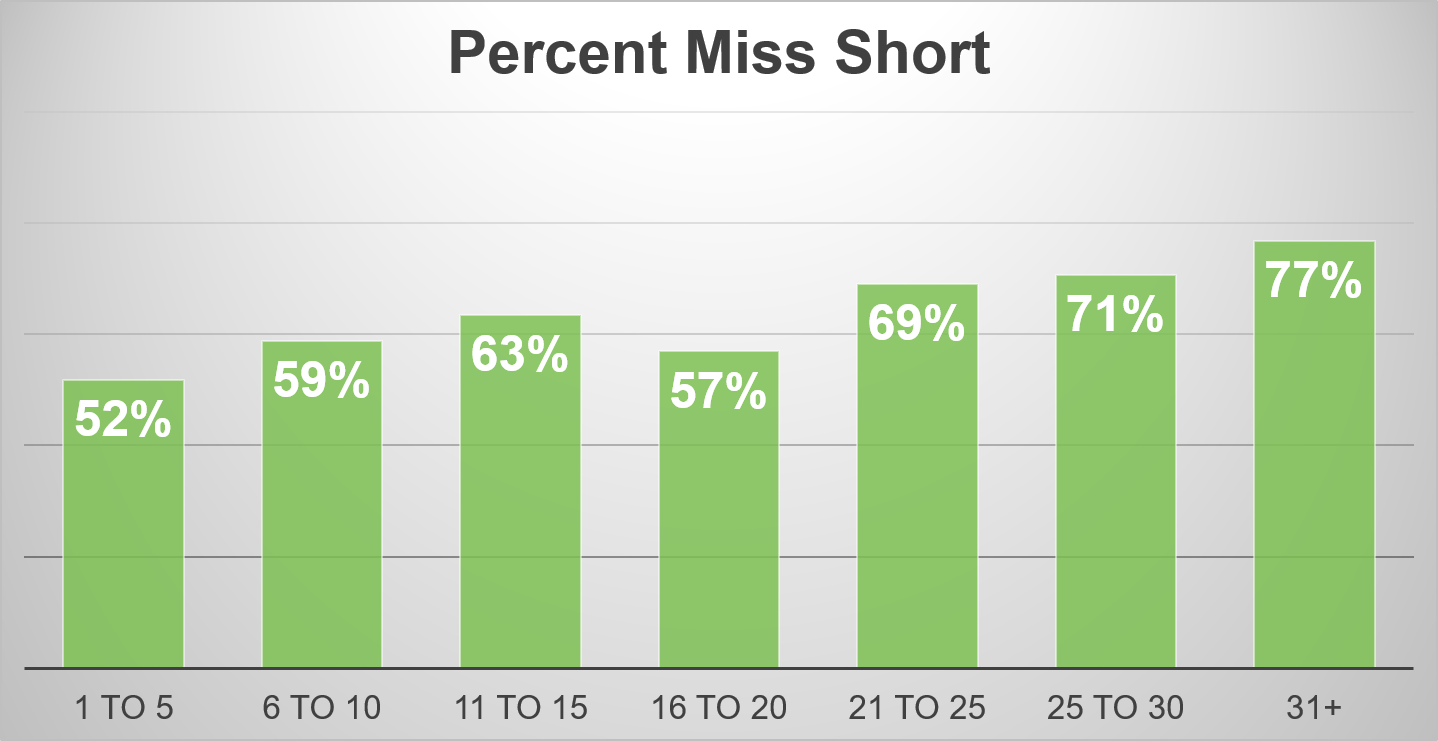
But you don’t have to be a statistic! It may be one of the most common problems in golf, but we’re here to help you from falling into that trap.
Before every season, get your yardages for EVERY club
Whether you realize it or not, coming up short is hurting your score, and a big reason for this is simply because golfers don’t know their stock yardages. That’s why, before every season, you should spend about an hour of your time and dial-in your distances with every one of your clubs with an actual launch monitor.
The easiest way to do this is to simply book a lesson or clubfitting. Teachers and fitters love booking people this time of year so there are usually some good deals floating around. GOLFTEC, for its part, is offering a sale on its game evaluations (which you can book right here) but there are tons of great fitters and teachers worth considering.
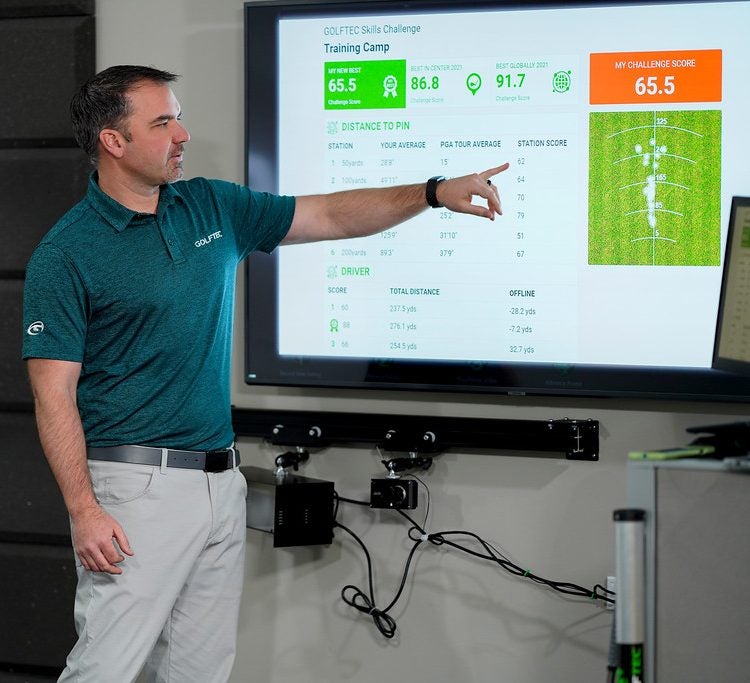
$100 Swing Evaluation or Club Fitting
When you do go, they’ll be set up with a state-of-the-art launch monitor, so tell them exactly what you want to do: That you’re not sure how far you hit each of your clubs and that you want to know for sure. That way, they’ll be able to guide you through it with some advice along the way.
If you’re looking for a more DIY option, it won’t be as accurate, you can jerry-rig a solution with a rangefinder and some alignment rods. Here’s how:
- Go out into a big open space, like an empty park or a golf course that nobody is on.
- Pick a club then hit a few shots.
- When you’re done, stick an alignment rod where you’re standing.
- Walk to a golf ball that you’d classify as an average, solid shot.
- Turn around and using your rangefinder, zap the alignment rod.
- Collect your golf balls, return to your previous spot, pick a different club and repeat.
I used to do this, and while it’s better than nothing, be warned: It’s not perfect. You’re still out in the elements, which can affect your distances, and doing this with 14 different clubs can get tedious in a hurry.
That’s why I’d recommend doing this with each club in a simulator setting. You may be surprised at how much shorter your clubs go than you thought. That’s ok! Don’t try to push your swing for the fences trying to match your outsized expectations. Find your numbers instead; your scorecard will thank you for it.
Latest In Instruction

Luke Kerr-Dineen
Golf.com Contributor
Luke Kerr-Dineen is the Game Improvement Editor at GOLF Magazine and GOLF.com. In his role he oversees the brand’s game improvement content spanning instruction, equipment, health and fitness, across all of GOLF’s multimedia platforms.
An alumni of the International Junior Golf Academy and the University of South Carolina–Beaufort golf team, where he helped them to No. 1 in the national NAIA rankings, Luke moved to New York in 2012 to pursue his Masters degree in Journalism from Columbia University. His work has also appeared in USA Today, Golf Digest, Newsweek and The Daily Beast.


